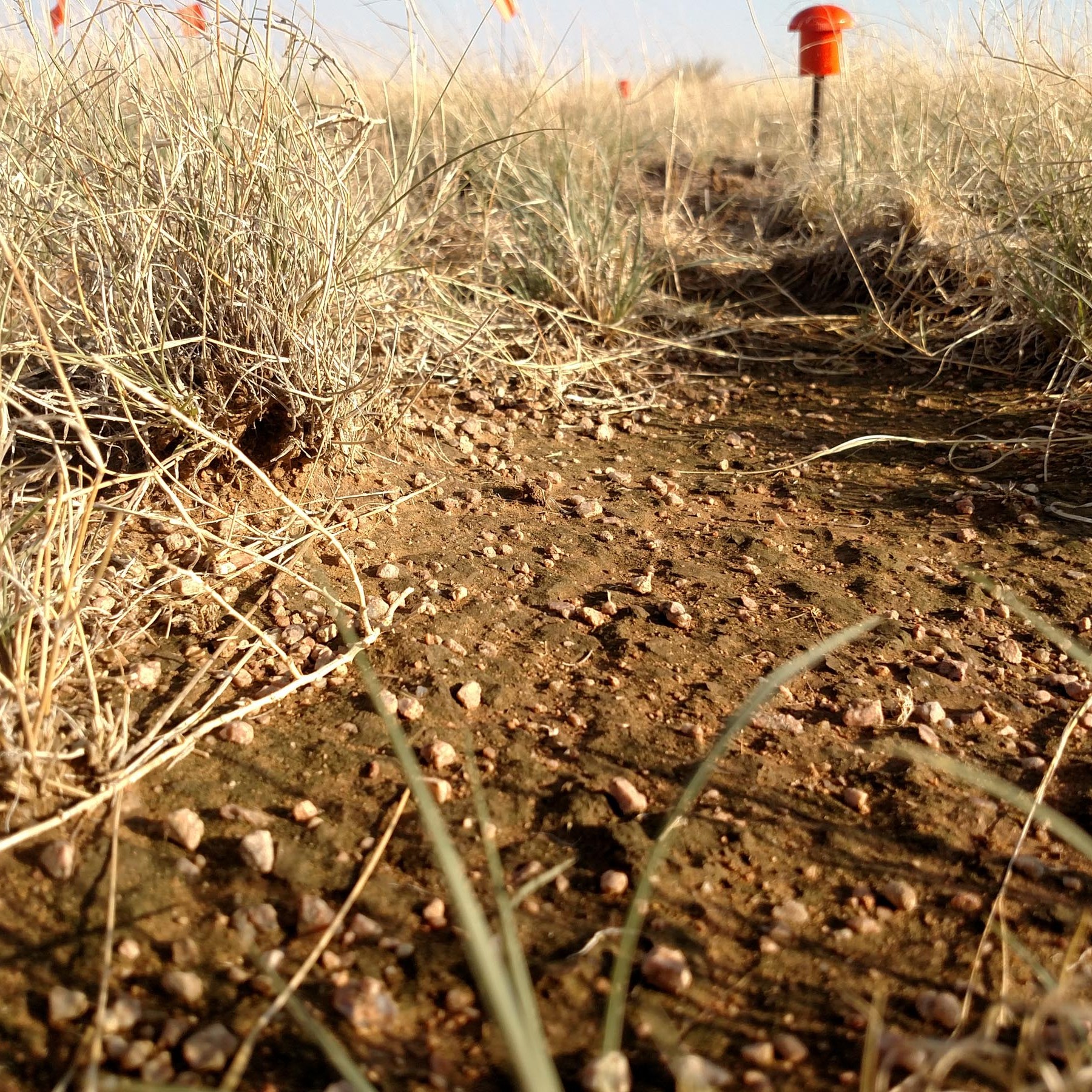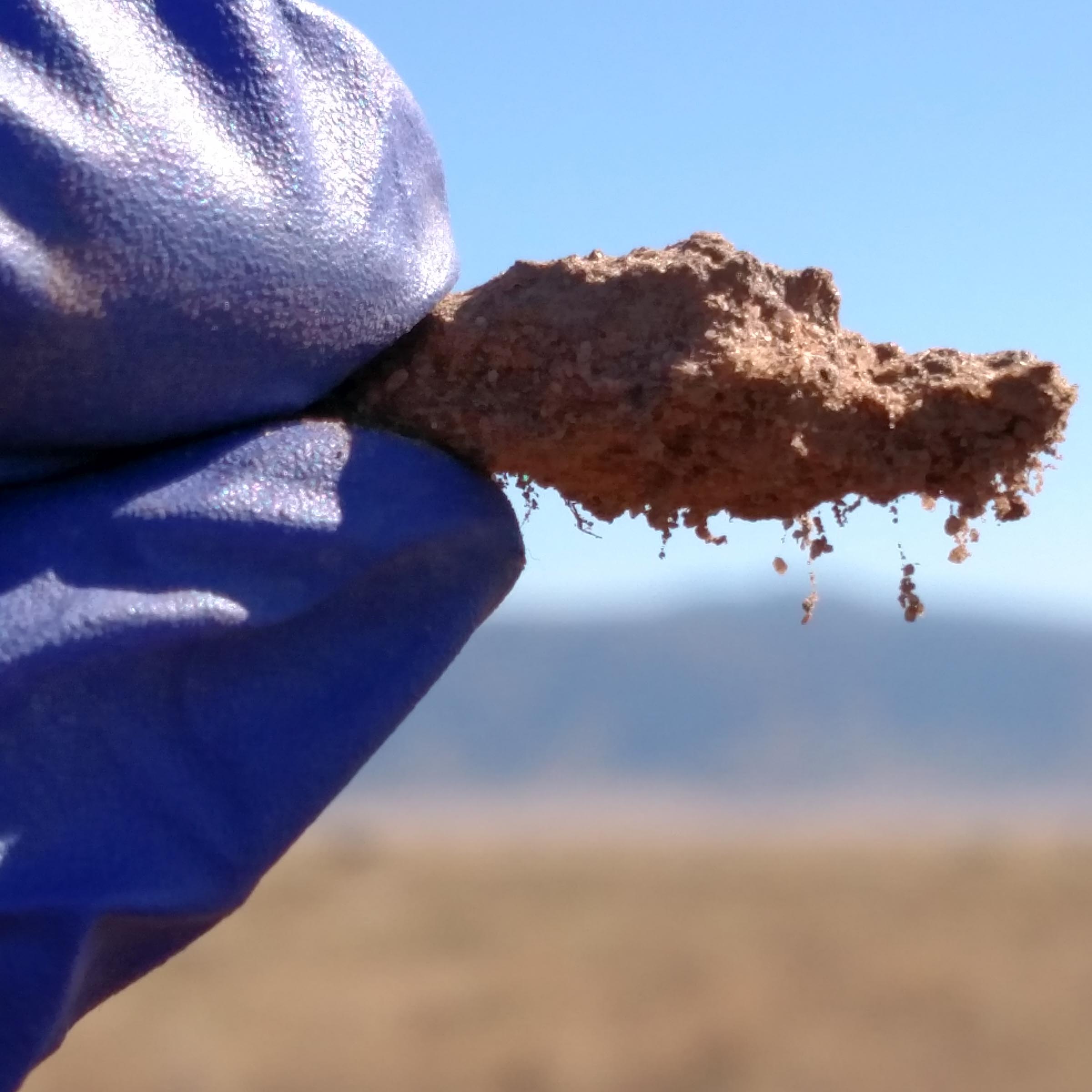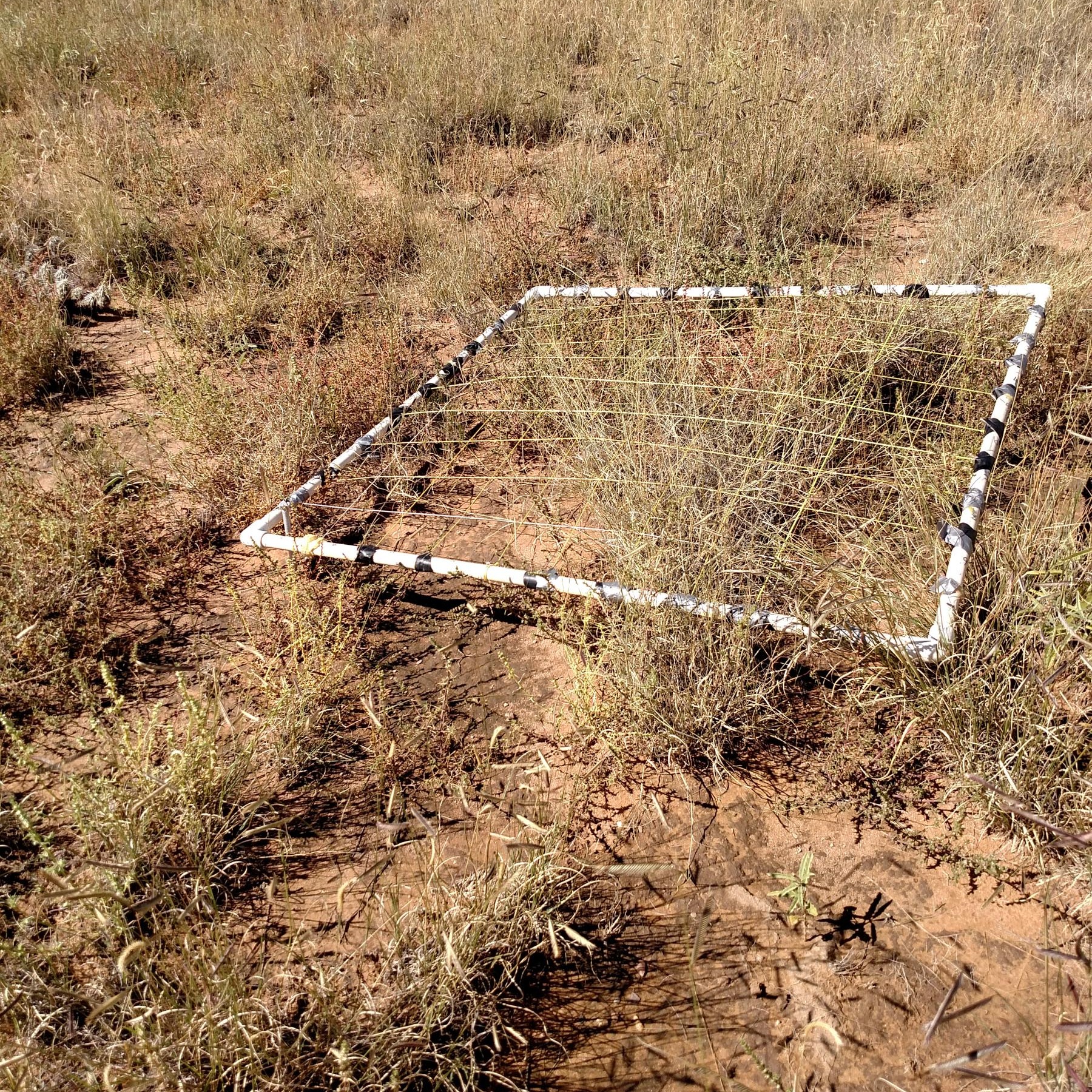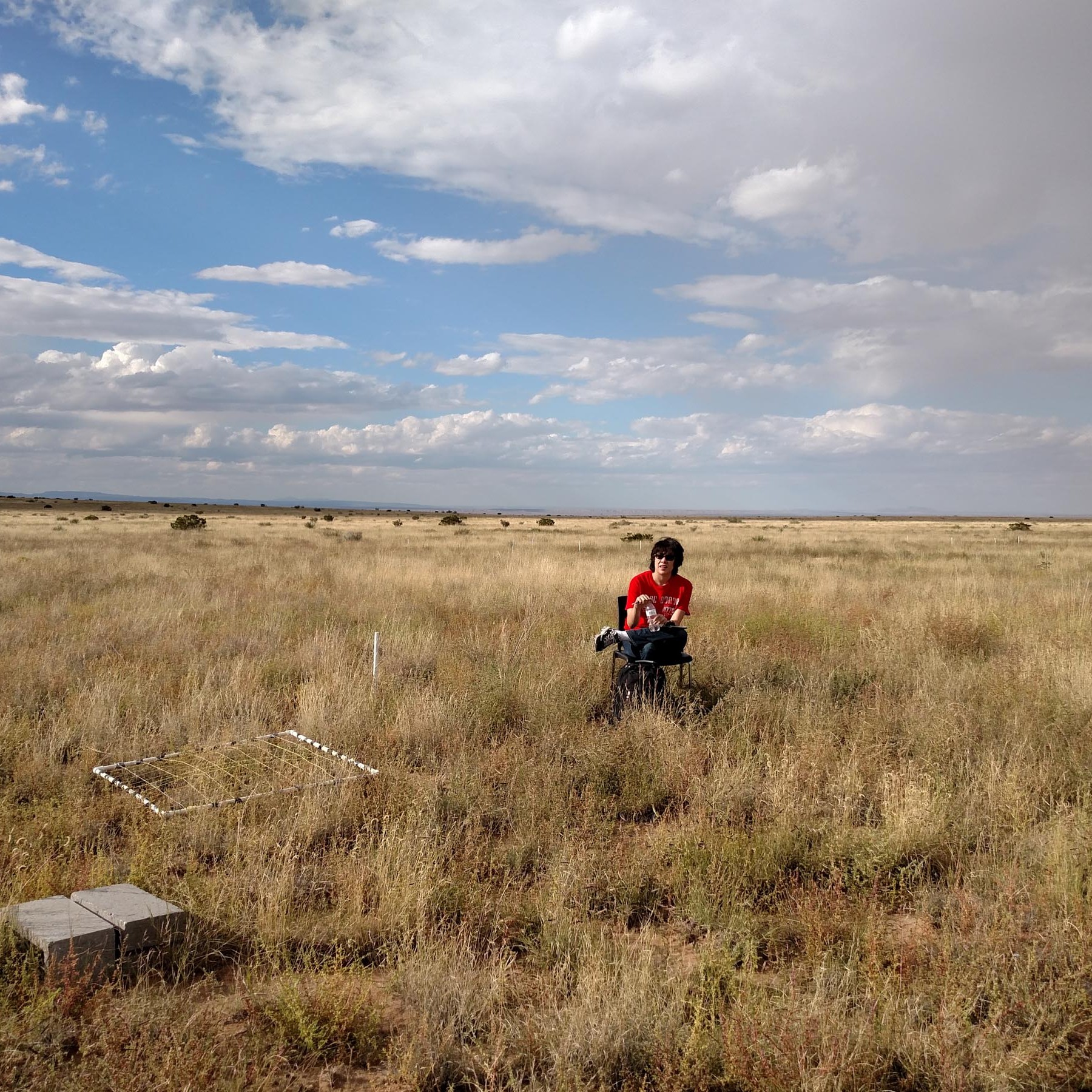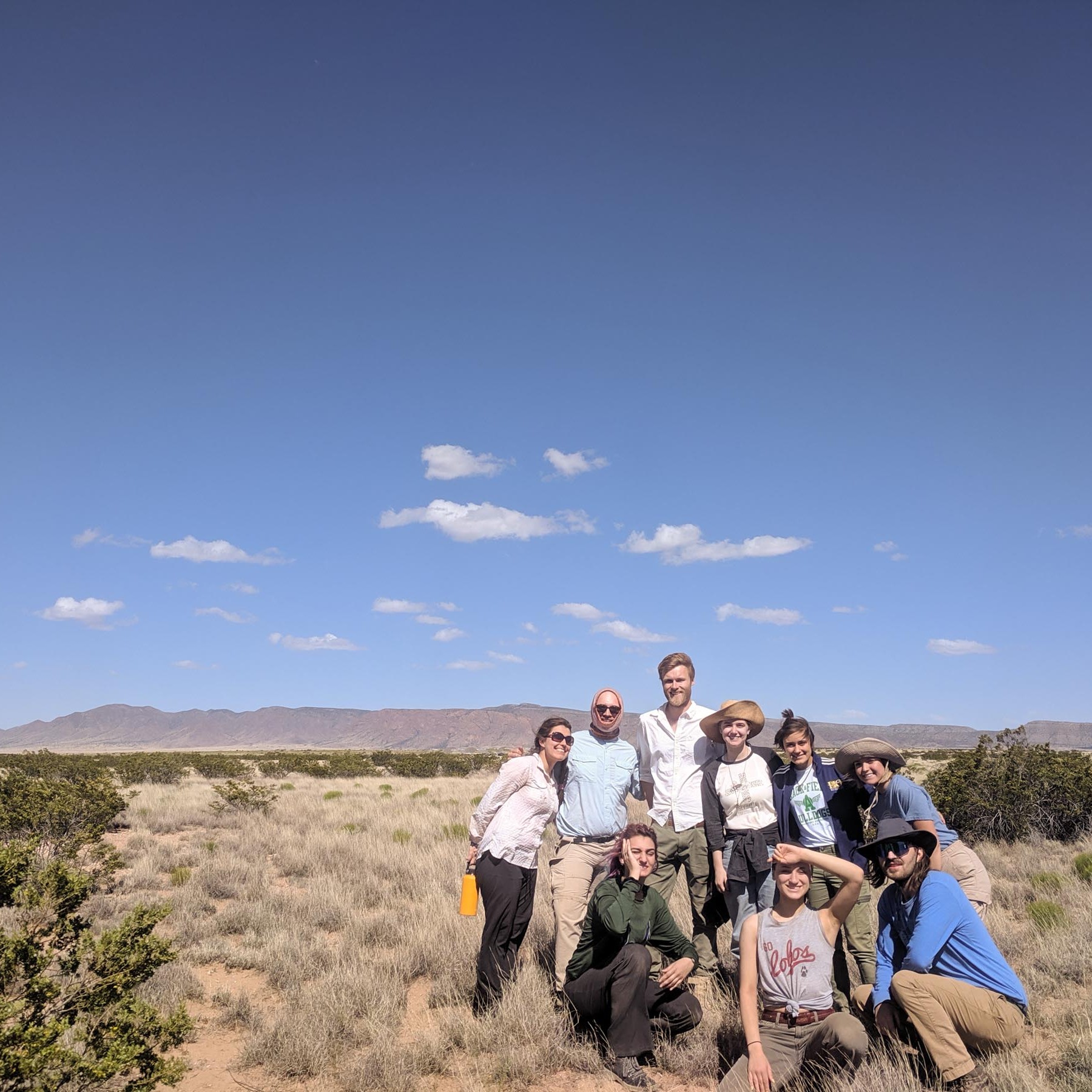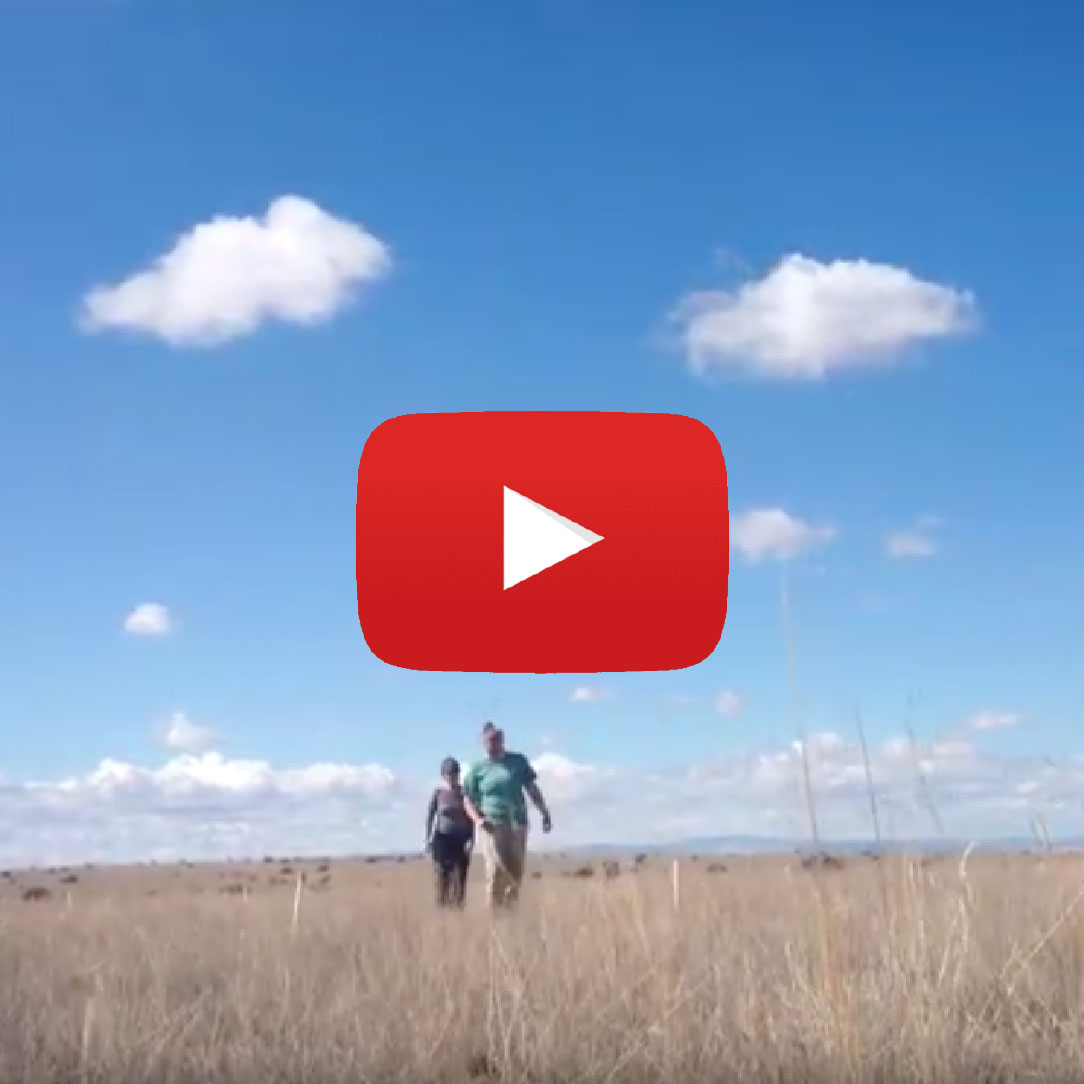Objective:
This project tests how soil disturbances that reduce biocrusts affect the composition of dryland communities. Over the long term, it will provide a window on how disturbances to biocrusts may influence the sensitivities of plants and ecosystem processes to climate change and increasing climate variability. The work addresses the LTER core research area to understand how disturbances affect ecological dynamics. Information will help to interpret the potential community and ecosystem-level impacts of on-going climate experiments that reduce biocrusts because here, we directly manipulate biocrust abundance through manual disturbances to the soil surface.
Novelty:
The loss of biological soil crusts (biocrusts) is occurring in dryland ecosystems worldwide. Causes include land use intensification, grazing, human disturbance of soils (trails, ATVs), and climate change. Consequences of the loss of biocrusts include altered soil surface hydrology, changes to soil C and N dynamics, and increased soil erosion and dust production. Past experiments worldwide have largely focused on the small scale of biocrusts with experiments that isolate drivers of their abundance, or the large scale of landscapes to quantify the roles of biocrusts in soil erosion and dust production. Much less is known about the changes in community composition that may accompany losses of biocrusts. Our experiments have potential to expand current knowledge on the biological importance of biocrusts for dryland communities and ecosystem processes.
Design:
This project is located in three ecotones at the Sevilleta National Wildlife Refuge: a mixed creosote shrubland-black grama grassland site, a mixed blue grama-black grama grassland, and a piñon-juniper woodland to juniper savanna transition zone. At each site, we have 20 plots (6 m X 6 m) with similar initial plant and biocrust cover and plant species composition (10 disturbed plots and 10 controls per site). To determine potential impacts of the loss of biocrusts, we impose soil disturbance that reduce biocrust abundance twice yearly, after data collection in May and October. Our treatment disturbs all non-vegetated soil surfaces to a depth of ~ 5cm. Control plots are not disturbed. Disturbance involves two personnel wearing thickly treaded boots, each stepping on and scuffing up all non-vegetated soil surfaces in the plot. Using this method, each non-vegetated patch in the plot receives two “stomps” on each treatment date. The disturbance treatment was assigned to plots in a completely randomized design, and beginning June 2013 (May 2018 for PJ), disturbance was imposed twice each year (May, Oct) to capture the beginning and end of the summer monsoon season. Shrubland and grassland sites began Sept 2013, piñon-juniper was added in May 2018 as part of the new LTER program.
Responses:
We continuously monitor plant species composition and biomass in two permanent 1 m X 1 m quadrats per plot. Plant data collection transferred to the SEV LTER Field Crew in 2018. Twice yearly, we archive roots and rhizosphere soils from blue grama and black grama, collect soil cores for gravimetric soil moisture, and 0-2cm deep biocrust samples for pigment analysis of chlorophyll and scytonemin. Less frequently measured response variables include soil texture, infiltration, nutrient analyses, soil organic matter, and C:N ratios of leaves of blue grama and black grama.
Supporting Documents:
Chung, Y. A., B. Thornton, E. Dettweiler-Robinson, and J. A. Rudgers. 2019. Soil surface disturbance alters cyanobacterial biocrusts and soil properties in dry grassland and shrubland ecosystems. Plant and Soil 441:147–159. https://doi.org/10.1007/s11104-019-04102-0

